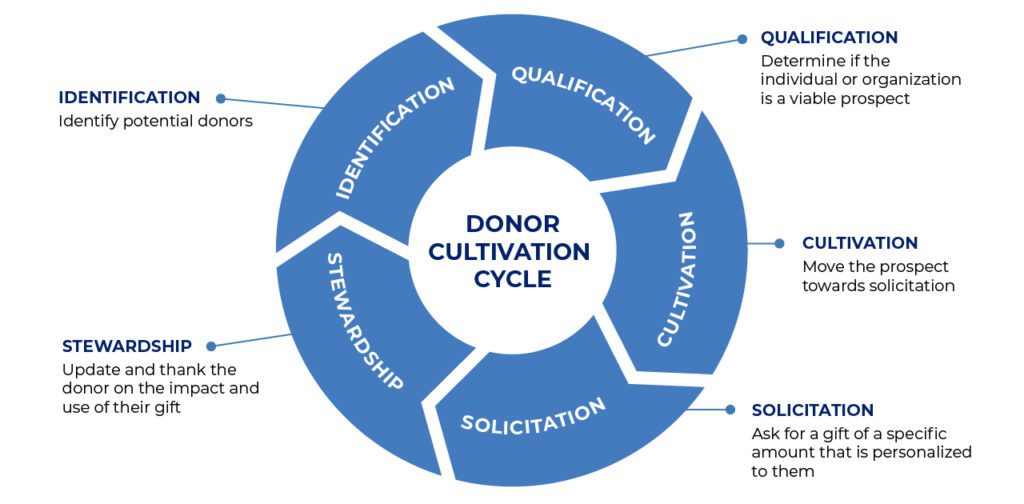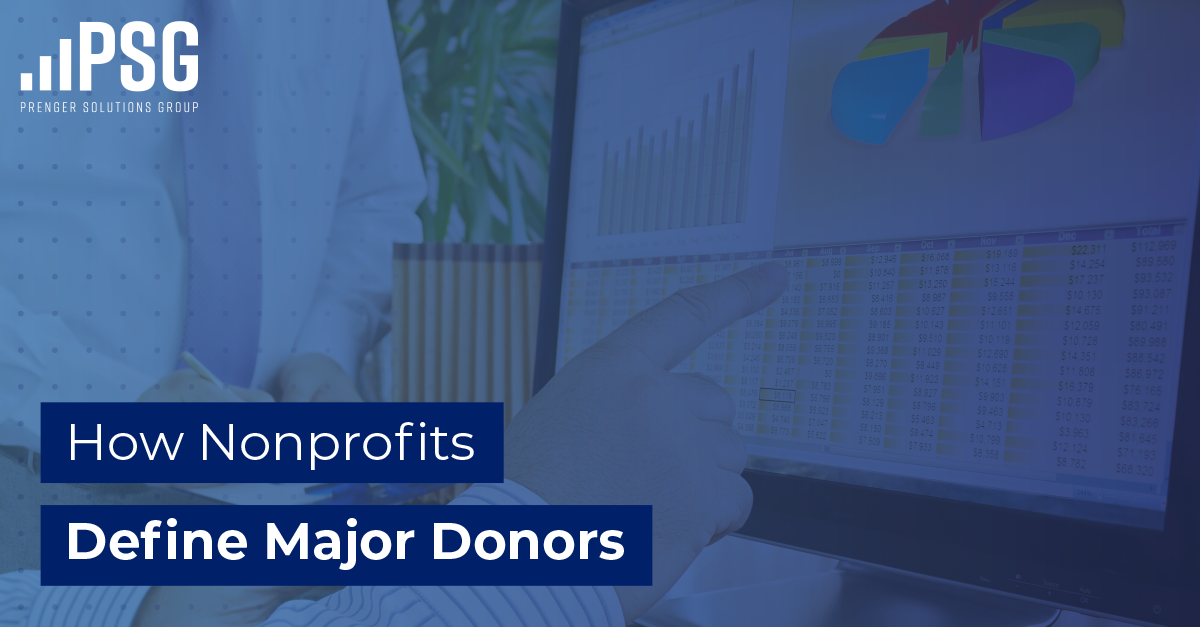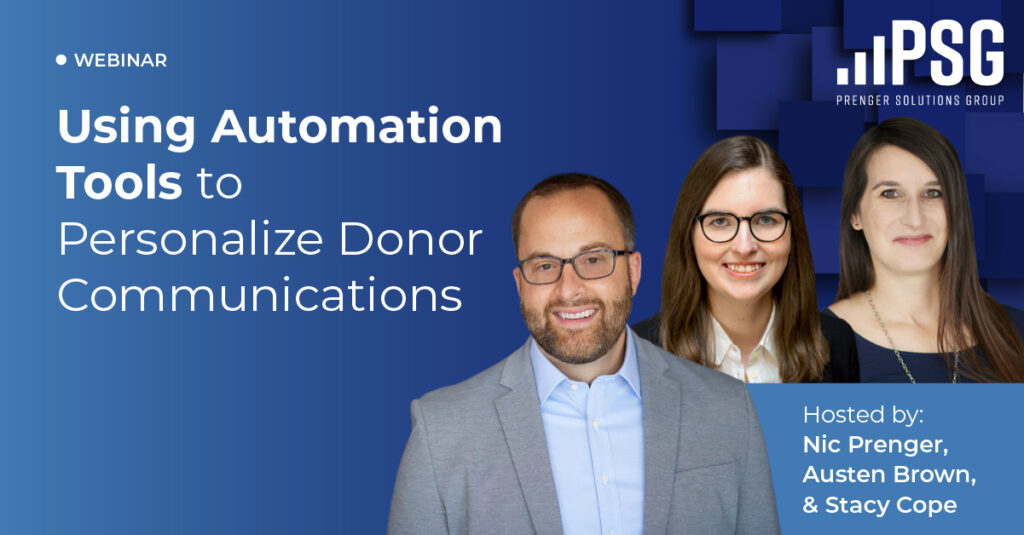Have you ever asked yourself, what is a major donor? How nonprofits define major donors will vary from organization to organization. A major donor is an individual, couple, or business that gives an amount that has a significant impact on a project, campaign, program, or mission of a nonprofit or church.
At one organization they might be someone who gives $1,000 or more as a single gift, while at another organization it may be a donor who gives $10,000, $100,000, or even more. The way in which your nonprofit defines this type of donor may also change over time or during large fundraising efforts such as capital campaigns.
These candidates must have both the capacity to give and an affinity for your nonprofit mission. Regardless of the threshold used to define major giving, it is crucial that every nonprofit know how to identify these donor prospects, work with them, and steward them. This starts by defining the threshold of major gifts and setting a strategic plan for collaborating with major donors.
While major donor fundraising can sometimes feel intimidating, these donors can have a tremendous impact on your nonprofit mission. If your organization does not already have a major donor cultivation plan, begin today, the impact could be transformational for your mission.
Major Donor Definition for Your Nonprofit
Begin by defining what a major donor is for your nonprofit, church, or organization. While this will be different for every nonprofit, it is important to ensure that everyone on your fundraising team, including paid fundraising staff, leadership staff, and board members understand this definition. This helps everyone on your team to align as you begin planning your major gift strategy. Major donors give the largest gifts your nonprofit receives, so begin by looking at the gifts you received in the last few years.
Remembering the Pareto Principle or 80/20 rule in fundraising, we know that a small percentage of donors give the majority of funds raised. You might consider looking at the top 20% of donors to your organization to see what gift amounts they gave. You can also use wealth screening to further identify prospects.
If the largest received were $1,000, then a major donor to your organization may be someone that gives $1,000 or more. While small nonprofits may set their threshold at $1,000, for others, this threshold might be $10,000 or higher. Major donors should be those who make a significant impact on your mission or project. Set a level that will challenge your staff but, is achievable within the donor prospects you have connections to or could build a connection to.
Identify the Major Donors You Already Have a Relationship With
Once you have identified what a major donor is, it’s time for prospect research. Run a query of prospects from your database. Who do you already have a connection with that you would consider a part of this group? Have you contacted them recently? Starting your fundraising strategy with those who already have an affinity and giving history with your organization can help with successful meetings and build confidence in your team if they have not asked for large gifts before.
This is the first step in the donor cycle: Identification. Major donors may also help you identify other major giving prospects. Consider how you build relationships with current donors and other donor prospects and create a donor cultivation plan.
Major Donor Strategy
Major donor fundraising follows the same process as other donors, remember the basic steps of Identification, Qualification, Cultivation, Solicitation, and Stewardship.

With a major donor campaign, it is especially important to consider how you will connect in-person with these prospects; often major gifts will not come through mailings or phone calls as stand-alone connecting points. Carefully consider a plan for a personalized approach for these prospects. A successful campaign will include information on:
- How to Find Major Donors
- How to Cultivate Major Donors
- How to Ask a Donor for a Large Gift
- How to Thank a Major Donor
Consider a strategy that may include a major donor event; these are an optimal time to build relationships, tell your nonprofit story, and make connections with new potential donors.
However you define major donors for your nonprofit or church, having a major gift program can elevate the impact of your mission. Just one major gift could replace an entire event and save countless hours of staff time.
Was this content helpful? Sign up for our newsletter today to get more fundraising content and tools delivered right to your inbox.
Learn more about how to manage major donors on your annual pledge card, check out our recent webinar.
















